Setting the Mechanical Clock for Daylight Savings
How to set your grandfather clock for Day Light Savings
A quick and easy how to article on setting your mechanical clock for daylight savings.
What is the real reason for daylight savings?
Answer: Exciting news is we are about to "Spring Ahead" on Sunday, March 13. When we do this, clocks change to one hour ahead of time, hence "spring ahead". Surprisingly, humans have been setting the mechanical clock for daylight savings since the beginning of civilization. Our ancient ancestors would adjust their schedules and patterns to make sure they were able to maximize the time they could spend in the sun. Fast forward to 1784 to Benjamin Franklin publishing an article in France arguing that if could adjust the work day one could save on candle purchases. This became the legislative argument for daylight savings. As years went on, this would morph into an even more prevalent argument when WWII began. In the beginning, official laws for daylight savings were to help redirect resources to the wars.
How do I adjust my clock for 'Spring Ahead'?
Answer: For any clock movement-Advance the minute hand by hand, letting it chime and or strike as you go, slowly going around one hour. If the clock is a quarterly chime unit and the person doing the advancing went too fast, it may confuse the chimes. That is if they did not let it chime fully before moving to the next quarter, the chimes may be incorrect. However the chimes will only be wrong for an hour and then it will be fine again.
How do I adjust my clock for 'Fall Back'?
Answer: Falling back for setting the mechanical clock for daylight savings has more explaining to do as it is not the same on all clocks. For example there are some chiming battery quartz clock movements that cannot go backward.

Setting time only battery movements
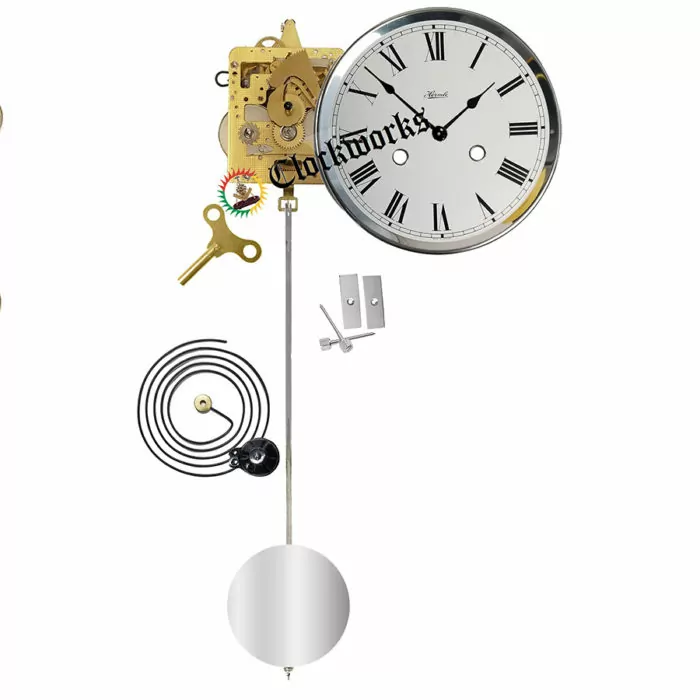
Setting a Time Strike Mechanical
Never go backward in time with these units, only go forward in time unless the movement is made in Germany. If it is a German made unit you can go backward, however know the strike count will be off at first, then it will correct itself. Most other mechanical time strike units have a wire hanging down behind the dial to your left of the hand shaft as you face the clock. This wire, if you lift it up, would make the clock strike out the next hour. Just keep hitting the wire up after it strikes fully and the clock will strike the hour before whatever it is now. If the clock does not have such a wire, it is possible to do this by getting to the back side of the clock movement itself. If you spin the clock around and remove the back, you will see the lowest and largest gears on either side. One side is the time and the other is the strike (this is the one on your right as you face the back of the clock movement.) Above this lowest and largest wheel on the strike side you will see an arm coming over it and then angling down into this wheels groove. To advance the hours, all you need to do is lift this arm up with your fingers and let it drop. It will go on to the half hour, bump it again to go through the next hour, and so on until it is striking the hour before whatever it is. At this point all you need to do is point the hour hand to the prior hour, and the clock is now correct for Daylight Savings.
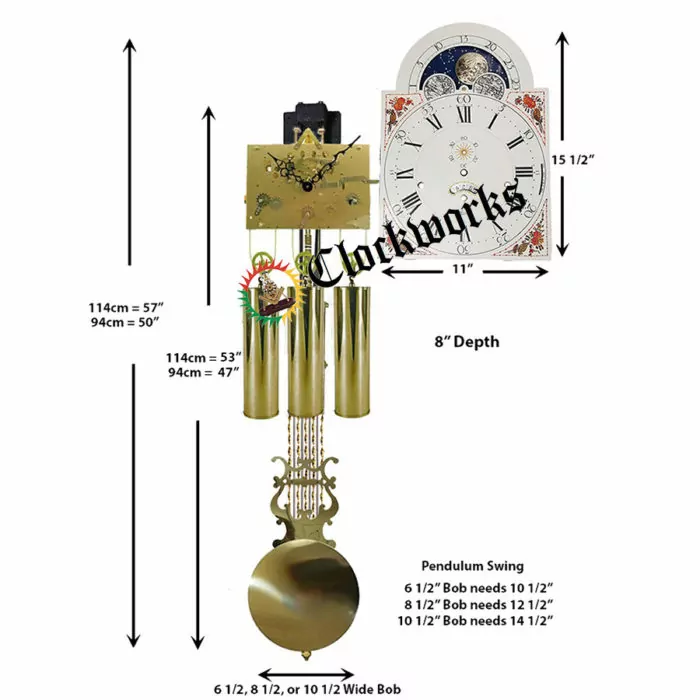
Setting Quarterly Chime Mechanical Clocks for DST (without ANSO post 1950)
There are three ways these can be set to be the hour prior and still have the chimes be in sync with the time. 1. Go backward = These units are fine to just go backward in time with the minute hand for one hour. The chimes may or may not be correct for an hour, but it will correct itself. This is fine to do and some factories that produce them even recommend this. 2. Go forward fast = Many clock owners may have it very ingrained into them to never go backwards, and this is true for some units, but not these. However for those who insist this is a bad idea, the following is the way the can be moved forward to get the same result. Spin the minute hand around and around for the 11 hours to be back where you were but an hour before. It is not required to wait for every quarterly chime to complete, it can go around and around fast with the minute hand it does not matter. The first hour of chimes maybe wrong but that is ok, it will be right the next time as it auto corrects itself. 3. Go forward slow = In this way there is no concern at all about messing up the chimes, they will be perfect without the hour wait. Just advance the minute hand one quarter at a time letting it chime fully before advancing to the next quarter. Do this for 11 hours and it is done, it will take awhile and it is not needed to do it this slow way, but is a valid option.
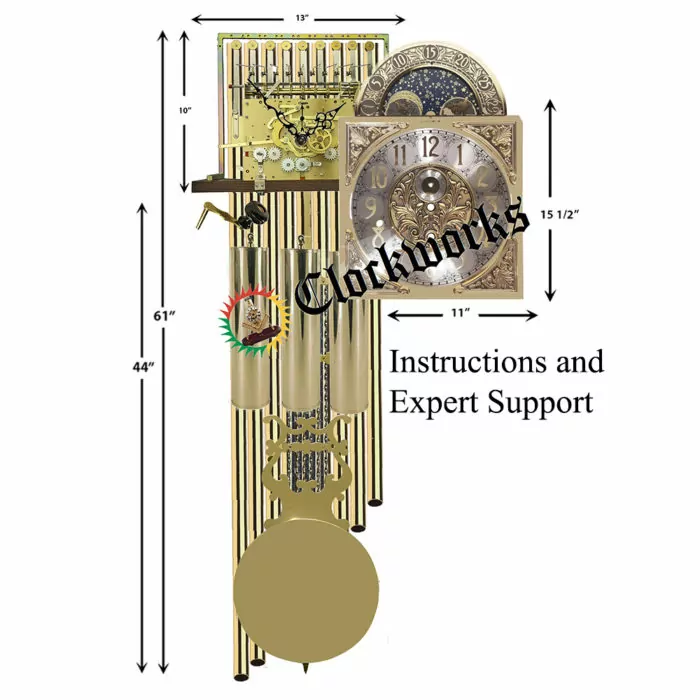
Setting Quarterly Chime Mechanical Clocks for DST (WITH ANSO post 1950)
Same as all the above, however instead of advancing the time only 11 hours it will need to be advanced by 23 hours. This is because the clock will think it is night time when it is day, and therefore will not chime during the day but will all night long.

Setting Quarterly Battery Clocks for DST
Do not go backwards with these units. Some are made to go backward and some are not, the best rule is to just go forward. This will keep the chime with the time correctly.
Is Clockworks doing any Daylight Savings promotions?

Answer: Yes! Clockworks will be offering a few deals in honor of the time change for our customers to take advantage of valid only on March 13, 2022 (DST). Here are the details.
- Free Shipping on Mechanical Units: Use code FREEDST for free shipping on Mechanical Units. This excludes Mechanical Clock Kits, 9 Tube Movements and any out of the country shipping. Please do not use the code in unregulated areas outside the US or the order will be canceled and refunded.
- Get a free clock oiler: Use code OILME to get a free Clockworks certified clock oiler with your purchase of any Mechanical Clock Kit. Valued at $25 dollars. Excludes mechanical to quartz conversion kit.
- Free clock hands for Quartz Battery Movements: Use code HANDME to get free quartz clock hands with your Battery Opperated Clock Movement purchased on March 13. Clockworks hands fit all battery movements.
↑ Back to top


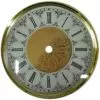
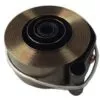
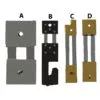
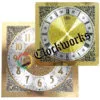











Thanks, very informative and helpful.